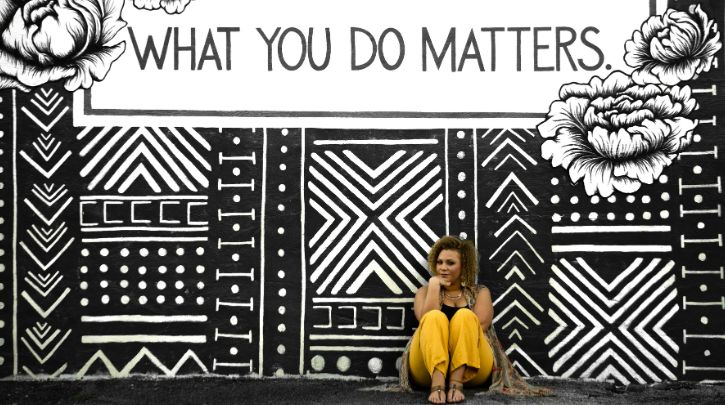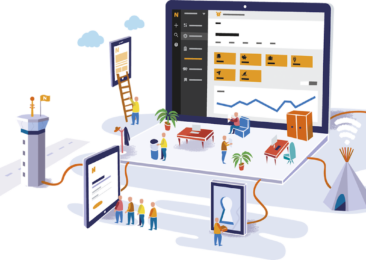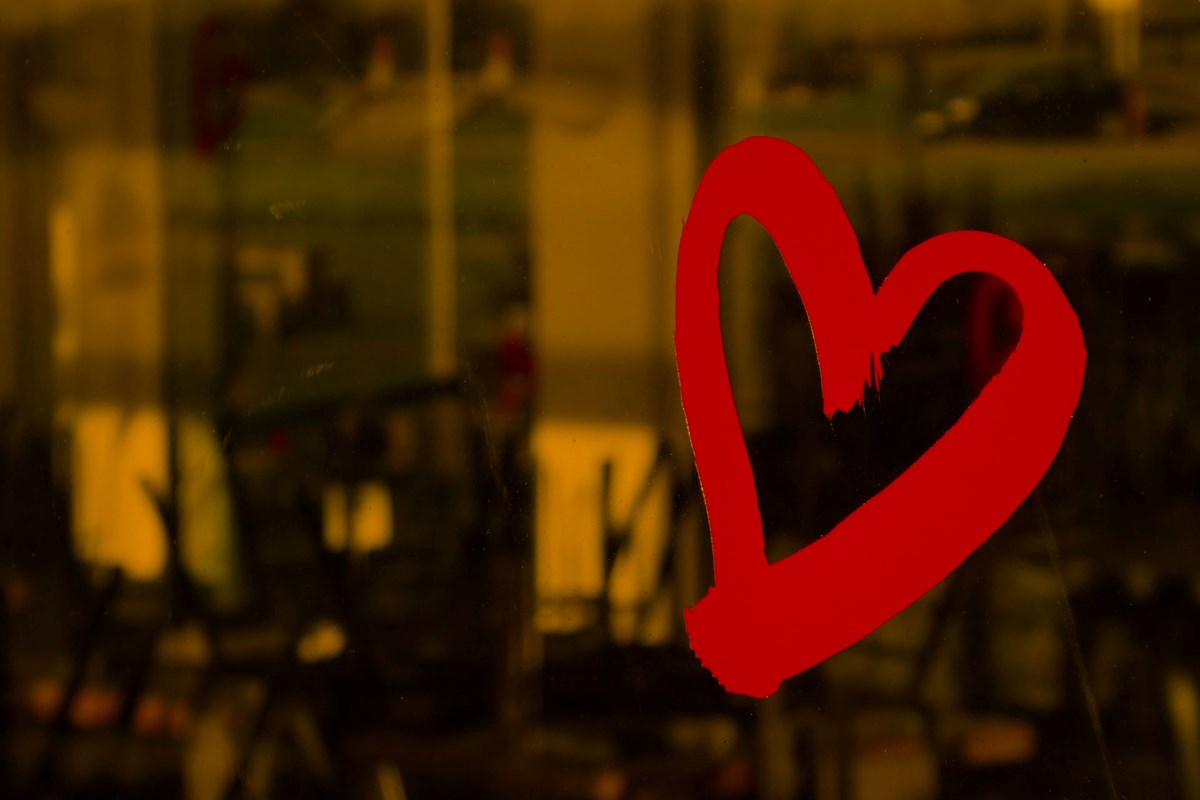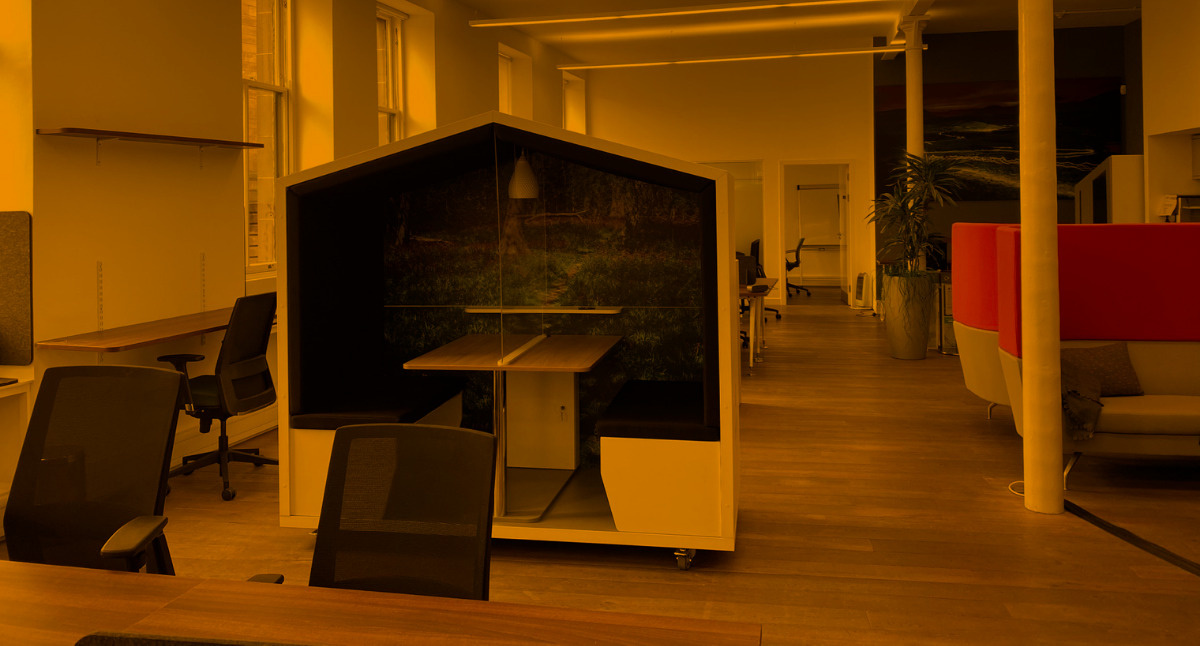- Coworking News
- Coworking Resources
How I Designed the First Public Coworking Space for Social Impact

In late 2015, I was working at CREC, a coworking space in Barcelona that—at 1,000 m²—was among the largest in the city. My role revolved around strategy, sales, and building a strong sense of community.
One afternoon, during what we thought would be a routine meeting, our CEO walked in with unexpected news: the city council had approached him about creating a *vivero de empresas*—literally, a “greenhouse for companies” or a business incubator.
I’ve always thought that was just a nicer way of saying: offering public spaces to selected businesses at below-market prices, under certain conditions, to help them grow.
Coworking that gives back
Back then, coworking was still a different beast—not the industry we know today. It was a niche solution for remote workers, startups, and a few small-company teams with forward-thinking leaders who preferred avoiding the cost and hassle of setting up an office away from headquarters (some of the earliest hub-and-spoke pioneers).
“Are we doing it or not?” Roman (Calavera) asked us.
At the time, we were already looking for a second location, and it wasn’t clear whether we could handle the project—or if it even made sense for us.
My answer was: “Tell them we’re not making a vivero de empresas—we’re making a f**ing awesome public coworking space.”
Starting coworking for social return
Long story short, he went to the city council and told them exactly that. I wouldn’t advise anyone to say that to an institution as big as the city council, but he’s never been short on courage—and maybe if more people did the same, things would be better everywhere. Today, CREC manages two coworking spaces on behalf of Barcelona City Council.
It’s easier said than done, though. In that first meeting, I already had a vision for how things should work. Why? Because I genuinely believe taxpayer money is taxpayer money, and we must make good use of it.
Back in 2014–2015, I had written two posts for Zona Coworking, a now-defunct magazine, about public coworking spaces. In them, I tackled the hot question of the time: should they exist?
My answer then—and now—is that this is the wrong question. The real one is: What’s the purpose of a public coworking space? In my view, it’s fundamentally different from a private one—and a different function requires a different design. Form follows function.
That day, in that informal meeting, I laid the groundwork for what would become Social Return Coworking—a term coined by sociologist Isaac Arriaza, who later joined Sinèrgics, the first coworking space with social return in the world (as far as I know).
The idea clicked immediately: the city pays us to run the space; members receive support that’s not essential—like healthcare or law enforcement—so they should give something back to the people footing the bill: the citizens.
How? By working for them a few hours each month. Plain and simple.
How Sinèrgics became a neighbourhood asset
When we set up Sinèrgics’ first location, we decided to hire a sociologist and an educator—instead of a designer or photographer like we did for our second private location—because we needed profiles that could bridge the coworking community with the surrounding neighborhood.
That neighborhood, Baró de Viver, is a small pocket on the outskirts of Barcelona. With just 2,200 inhabitants—about one-tenth the average size of a Barcelona neighborhood—it sits between a highway and an industrial area, with a shopping mall a 10-minute walk away. At the time, it had a plumbing store (is that the right term?) and two bars. That was it.
From the start, I believed a coworking space could make a real difference here: more people in the neighborhood during working hours, and—with the right kind of community building—a chance to create tangible impact. But that impact needed structure.
Designing social return for coworking
The first big question was the social return: how much should members give back to the community, and should the service be free?
Initially, we considered 10–12 hours per month, but after visiting La Colaboradora—a Zaragoza City Council project we learned about via Espacio Arroelo, a socially minded coworking space in northern Spain—we decided on 3 hours per month instead.
The reasoning was simple: if you ask for too much, you risk overwhelming people and hurting their chances of success.
The second question was payment. I was in favour of charging a symbolic €50/month for two reasons.
- People tend to value a service more when they pay for it.
- It reduces cancellations—especially in a 100% publicly funded program, where the risk of members not meeting their 10-hour social return obligation is higher.
If you know me, you’ll know there was a calculation behind this too. At the time, a coworking membership cost €200–225/month, so with 3 hours of return, we were valuing their time at roughly €50/hour.
Community integration wasn’t immediate
After renovating the space, we launched. I remember going up to the city council technician—the non-political staffer who championed the project—and telling him: “All this is because of you. You chose to listen when many wouldn’t, and instead of just looking for someone to execute a predefined plan, you let us build something different.”
My colleague Carles managed the team remotely, while Isaac and Estel worked hands-on with the community, both inside and outside the space. At first, the neighbourhood was skeptical—they would have preferred to use the space for their own events and celebrations. But the team persisted, and about a year later, in a completely different setting, I met a resident who told me how happy people were with the project. That’s when I knew we’d made a real impact.
How we got there
By design
A different goal needs different rules and a different team—there’s no such thing as one-size-fits-all. Instead of capping how long someone could use the service, we implemented *social return*, ensuring the neighborhood itself would benefit from the coworking space. To make that work, you need a team that truly understands the concept.
By guiding, not micromanaging
I came up with the concept and oversaw the renovation process, but from then on, Carles guided the team. He was usually better at day-to-day operations than I was. Neither of us was based at the space, so we had to listen to the team, challenge them, and guide them in the right direction—while giving them room to find their own path.
One interesting example: during a casual chat with the team, I suggested, “We should focus on kids as the main recipients of the social return. If we can influence someone early in life—even by just one degree—it can have a huge impact over the years.”
They told me there were “almost no kids” in the neighbourhood… and yet, one year later, children had become the biggest beneficiaries. How? By reaching out to the local school, the team built a collaboration that, for example, brought robotics workshops to the neighbourhood’s kids.
Be fast
Better done than perfect. When we launched the project—even before the renovation was finished—members were already working at Sinèrgics. How? Even though we weren’t contractually obligated, the company decided to start offering the service in our private branch facilities.
Our very first coworker, a graphic designer, helped neighbors create the poster for the neighbourhood’s annual celebration before even setting foot in Baró de Viver.
Don’t just talk—act, and act quickly. Moving fast makes everything smoother.
Find a champion
Sometimes, a champion finds you—and when that happens, play your cards wisely to achieve your goals while helping them reach theirs. I’ve seen countless public-private projects fail, often before they even start, simply because people are too shortsighted to understand each other’s objectives. The key is to listen, empathize, and create a true win-win scenario.
The result: a public coworking space that doesn’t just host people—it connects them with their community, proving that thoughtful design and purpose-driven strategy can turn taxpayer investment into tangible social value.
Want to know more about
how Nexudus could help your business?
We’re here to answer any questions you have.
Latest articles
-

- Coworking
- Coworking News
- Meet the team
Coworking Software Updates in 2025: Product and Design at Nexudus
Ken Loh on December 22, 2025 -

- Coworking
- Coworking News
Coworking Teams Are Burning Out. What Can Operators Do About It?
Emily Nguyen on December 19, 2025 -

- Coworking
- Coworking Resources
Why Diversified Revenue is the Future of Coworking
Emily Nguyen on December 12, 2025


